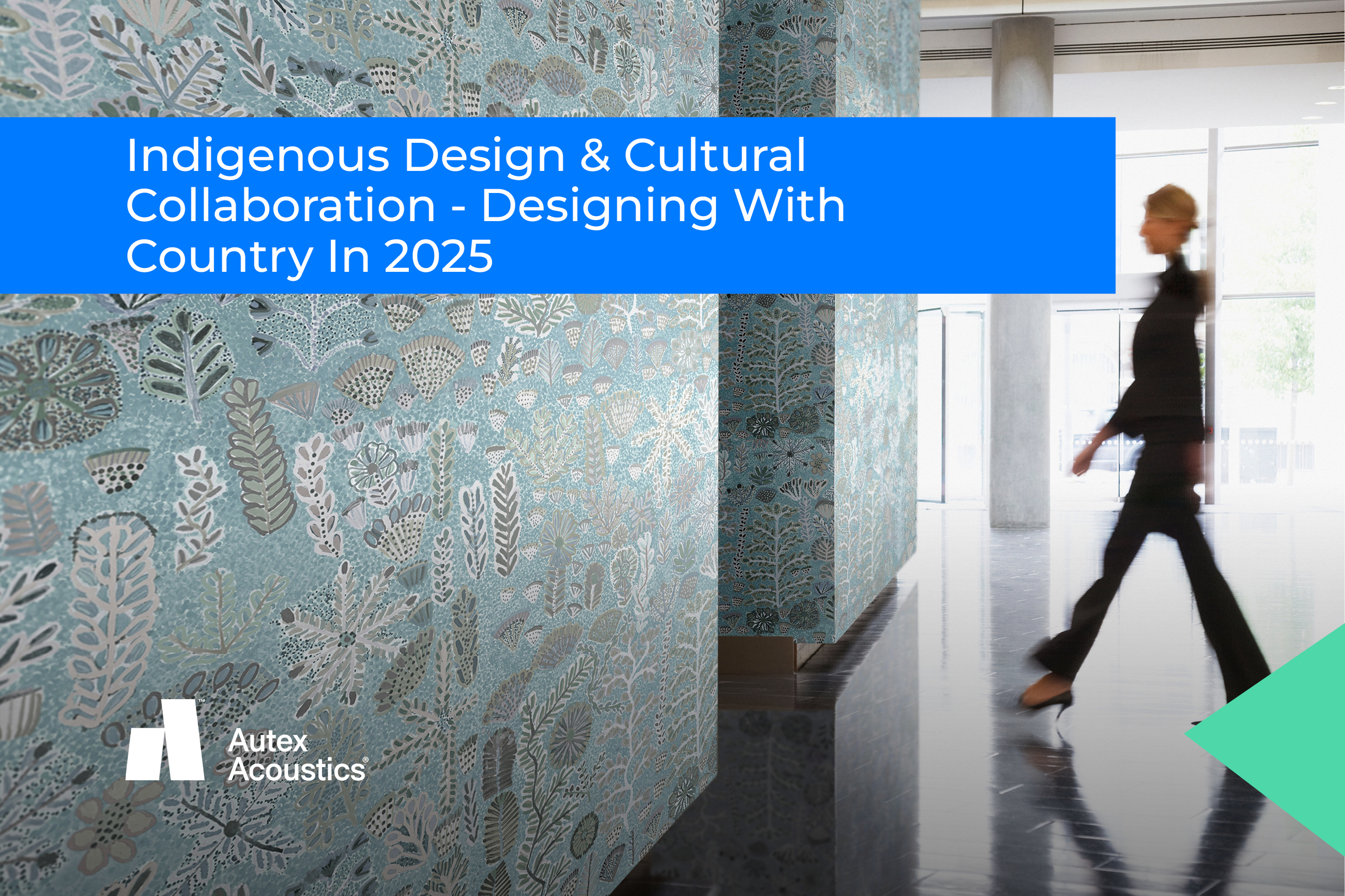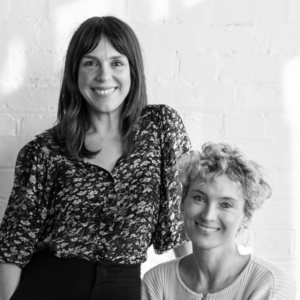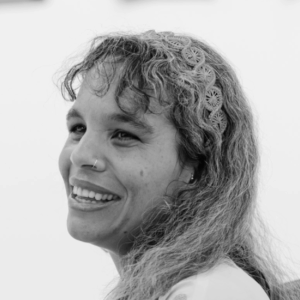Indigenous Design & Cultural Collaboration – Designing with Country In 2025

Far from a ‘static’ practice, Indigenous design is in a constant state of adaptation and change. Artists are continuously evolving the styles and mediums with which they choose to tell their stories, continue their traditions and provide, financially, for their families and communities.
At the same time, over recent years, the broader community’s acceptance and appreciation of Indigenous design has also grown. For example, while only 10 years ago commercial products featuring Indigenous artists were virtually non-existent, today they are commonplace.
This session of CPD Live looks at ‘Designing with Country’, a notion that has also recently entered the mainstream, and at the power of ethical, respectful collaborations between Indigenous and non-Indigenous practitioners.
Referencing their own work to illustrate their points, our panel (of both Indigenous and non-Indigenous speakers) explain what ‘Designing with Country’ means to them; identify the various (practical, ethical, cultural and legal) considerations relevant to developing collaborative projects and products with Indigenous people; and highlight the role of initiatives like the ‘Australian Indigenous Design Charter’ and the ‘Indigenous Art Code’ in this context.
They discuss the various ways in which architects and designers of all backgrounds can participate in such work, and in so doing, contribute to a broader and uniquely ‘Australian’ contemporary design language.
Learning Outcomes:
At the end of this presentation, you should be able to:
- Define the term ‘Designing with Country’
- Outline the importance of communication and collaboration when undertaking projects of this type
- Display an understanding of the significance of Designing with Country to Indigenous peoples
- Identify the practical, ethical, cultural and legal considerations involved when working on projects of this type
PRACTICE MANAGEMENT AND PROFESSIONAL CONDUCT PC3, PRACTICE MANAGEMENT AND PROFESSIONAL CONDUCT PC15, PROJECT INITIATION AND CONCEPTUAL DESIGN PC 17, PROJECT INITIATION AND CONCEPTUAL DESIGN PC 27)
Speakers

Laetitia Prunetti (left) and Jessica Booth (right) , Co Founders, Willie Weston
Established in Naarm in 2015 by two non-Indigenous art curators, Willie Weston is the first and only textile brand working exclusively with Australian First Nations artists to create high performance products for commercial, government and education settings. Through carefully selected partnerships, Willie Weston also extends markets for artists’ work into aligned sectors, such as acoustics and flooring.
Prior to starting Willie Weston, co-founders Jessica Booth and Laetitia Prunetti led varied careers in the arts. Jessica specialised in First Nations art, working with non-profit organisations and universities in the Northern Territory and Melbourne, whilst Laetitia worked with Heide Museum of Modern Art and co-directed the Melbourne Art Fair. With a deep knowledge of art and ethical partnerships, they built Willie Weston as a way to champion First Nations artists, to facilitate commercial opportunities for their work, and to celebrate First Nations art, culture and story-telling in our built environments.

Elisa Jane Carmichael, Artist, Ngugi woman
Elisa Jane Carmichael is a Ngugi woman belonging to the Quandamooka people (Moreton Island / Mulgumpinand North Stradbroke Island / Minjerribah, Queensland). Her practice draws on Ancestral knowledge, matrilineal connections, memories of place and relationships with Country. She is passionate about shining a light on the cultural brilliance of her Ancestors so that these stories can be kept alive for future generations.
Elisa has a Bachelor of Fine Arts, Queensland College of Art, Griffith University, and a Master of Fine Arts, Queensland University of Technology. Her work is held in private and public collections across Australia, including the Museum of Contemporary Art, Art Gallery of South Australia, National Gallery of Victoria, Queensland Art Gallery | Gallery of Modern Art, Art Gallery of Western Australia, University of Queensland Art Museum, Griffith University Art Museum, Queensland University of Technology Art Museum, Queensland Museum and Bendigo Art Gallery, as well as in the British Museum, London.
Robert Jones, Technical and Development Manager, Autex Acoustics
Robert Jones has been part of the Autex family for over 20 years, starting with the New Zealand operation before moving to Australia in 2011. He is Autex Australia’s Technical and Development Manager and group advisor for acoustics. As an avid drummer, sound technician, and wicket keeper, his passion for acoustics stretches far beyond the 9-5. Rob is no stranger to creating noise. Part of the team that helps develop products and with his experience, Robs a member of the Australian Acoustical Society and helps to educate many of our clients on the impact’s acoustics have on their project and clients, helping tailor solutions to meet their acoustic and environmental requirements.
